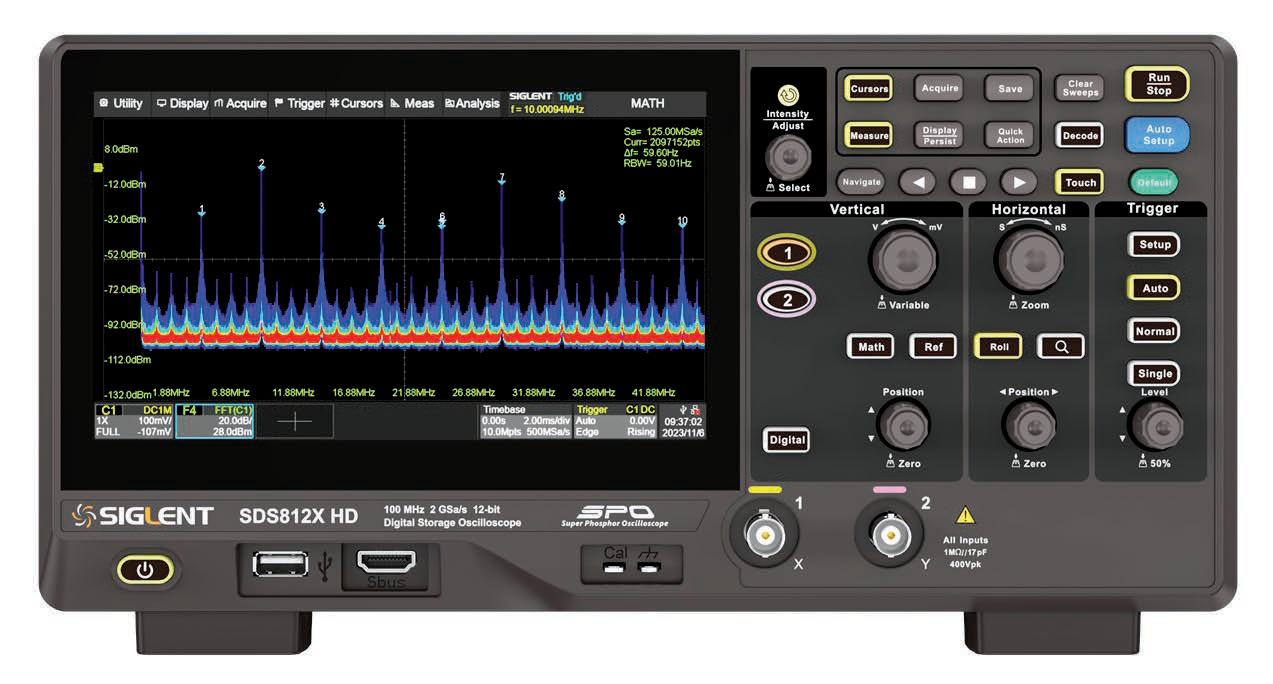
When I first saw Siglent's new SDS800X HD line of 12-bit Digital Storage Oscilloscopes in Saelig's email Newsletter, I was suitably impressed.
To put it in context, over a 40-year career in electronics, at work I used high-end, high-bandwidth Tektronix scopes: both analog, and later, digital models.
Electronics is also my main hobby, so I also needed a scope at home. The scopes at work cost as much as a car, so I initially settled on a used analog scope for home purposes. When the Siglent SDS1202X became available about 10 years ago, it was within my price range, so I bought one for home use.
While the Siglent SDS1202X worked great, being an early entry in the digital scope market, it didn't have a lot of the features that are present in digital scopes today. I was impressed enough with the new SDS800X HD line of scopes to ask the Saelig company to send me one to review. They kindly obliged, and sent me the SDS812X HD, which is the 2-channel 100 MHz model.
PHYSICAL FEATURES
Let's examine the physical features of this oscilloscope.
Figure 1 shows the unit on my bench. In this review, I won't make a lot of comparisons to similar competitive models.
Instead, I'll compare it to my Siglent SDS1202X, which was a comparably priced model about 10 years ago. That scope has served me very well.
The SDS800X HD line of oscilloscopes is offered in 70, 100 and 200 MHz bandwidths: I received the 100 MHz model. It uses a 7" LCD screen with a capacitive touchscreen having multi-touch capability. The screen resolution is 1024 x 600this compares to the somewhat larger 8" screen on my SDS1202X which is only 800 x 480, and non-touch. Due to the higher resolution, the SDS812X HD display is visibly sharper than my older scope.
Diese Geschichte stammt aus der August 2024-Ausgabe von Circuit Cellar.
Starten Sie Ihre 7-tägige kostenlose Testversion von Magzter GOLD, um auf Tausende kuratierte Premium-Storys sowie über 8.000 Zeitschriften und Zeitungen zuzugreifen.
Bereits Abonnent ? Anmelden
Diese Geschichte stammt aus der August 2024-Ausgabe von Circuit Cellar.
Starten Sie Ihre 7-tägige kostenlose Testversion von Magzter GOLD, um auf Tausende kuratierte Premium-Storys sowie über 8.000 Zeitschriften und Zeitungen zuzugreifen.
Bereits Abonnent? Anmelden
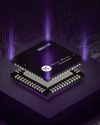
Morse Micro Launches Highly Anticipated Second-Generation MM8108 SoC
Enabling improved spectrum efficiency to minimize interference in high-density environments, the MM8108 delivers class-leading data rates of up to 43.33Mbps using world-first sub-GHz 256-QAM modulation at an 8MHz bandwidth, making it ideal for a range of applications in agricultural, mining, industrial, home, and city environments.

NXP MCX MCUs and IDEs Cut Development Time
Development boards, such as NXP's FRDM platform for MCX A series MCUs, are revolutionizing embedded systems by integrating components for prototyping and innovation in the IoT landscape. These technologies streamline development, enhance flexibility, and reduce costs, enabling greater focus on software development while addressing complex challenges.

Asynchronous Programming in Flutter - Shallow Dive into Google's Mobile App Framework
This month, Bob continues his look at mobile app programming from the perspective of an embedded system designer. He begins a shallow dive into Flutter, the mobile app framework from Google, by describing his transition from React Native to asynchronous programming in Flutter.
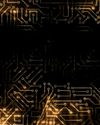
Basic Pulse Circuits - Part 3: Metastability, Setting, or Resetting
In digital design, signal processing is crucial when dealing with asynchronous signals from sensors and level translators. In Part 1 of a three-part series, Wolfgang described how pulse circuits help digital circuits deal with pulse trains. In Part 2, he wrote about flip-flops, timing parameters and synchronization. In Part 3, he looks at how to mitigate metastability and ensure internal clock synchronization.
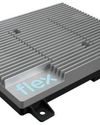
Infineon and Flex Showcase Zone Controller Design Platform for Software-Defined Vehicles
Infineon Technologies AG and Flex, a diversified global manufacturer and new preferred automotive design partner for Infineon, are showcasing the new Flex Modular Zone Controller design platform for software-defined vehicles at CES 2025.

Switching Regulator Efficiency - Minimize Power Consumption in Battery-Operated Systems
A switching voltage regulator converts input DC voltage into a desired output DC voltage. This month, Stuart delves into the factors that influence the efficiency of switching regulators, and why they are crucial for embedded applications. From understanding the role of inductors and transistors to exploring practical examples, this article offers valuable knowledge for anyone interested in optimizing power supply designs.
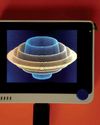
Learn Lisp Programming Using MCUs - Part 2: Extending µLisp with Custom Functions
In the second installment of this series, Raul delves into the world of µLisp and shows how to extend capabilities by adding custom functions such as \"pulsein\" and \"servo-create\", enabling developers to interface with ultrasonic sensors and control servomotors. In Part 1, Raul presented µLisp concepts and syntax, and extensions specific to MCUs.

Introducing Bluetooth LE Audio - Part 1: Sound of a Revolution
Following the Bluetooth Core 5.2 release, Bluetooth Low Energy Audio introduces capabilities that will revolutionize audio applications through isochronous channels and new audio middleware. Nick writes about a framework supporting bidirectional audio and shared listening in Part 1 of a two-part article.

CMake the Most of Software Development - Modern Build Systems Support Scalability
Discover how modernizing your build system with CMake can revolutionize embedded software development, offering unparalleled flexibility and efficiency. Dive into this article to explore the transformative benefits of CMake's cross-platform capabilities and how it integrates seamlessly with contemporary development practices.

Engineering Healthcare - Cutting-Edge Technologies to Enhance Patient Care
Explore the groundbreaking advancements in Pulsed Field Ablation technology, where engineering meets cardiac care to revolutionize atrial fibrillation treatment. This article delves into the intricate design and functionality of cutting-edge devices that enhance precision and safety in medical procedures, showcasing the vital role electronics play in shaping the future of healthcare.